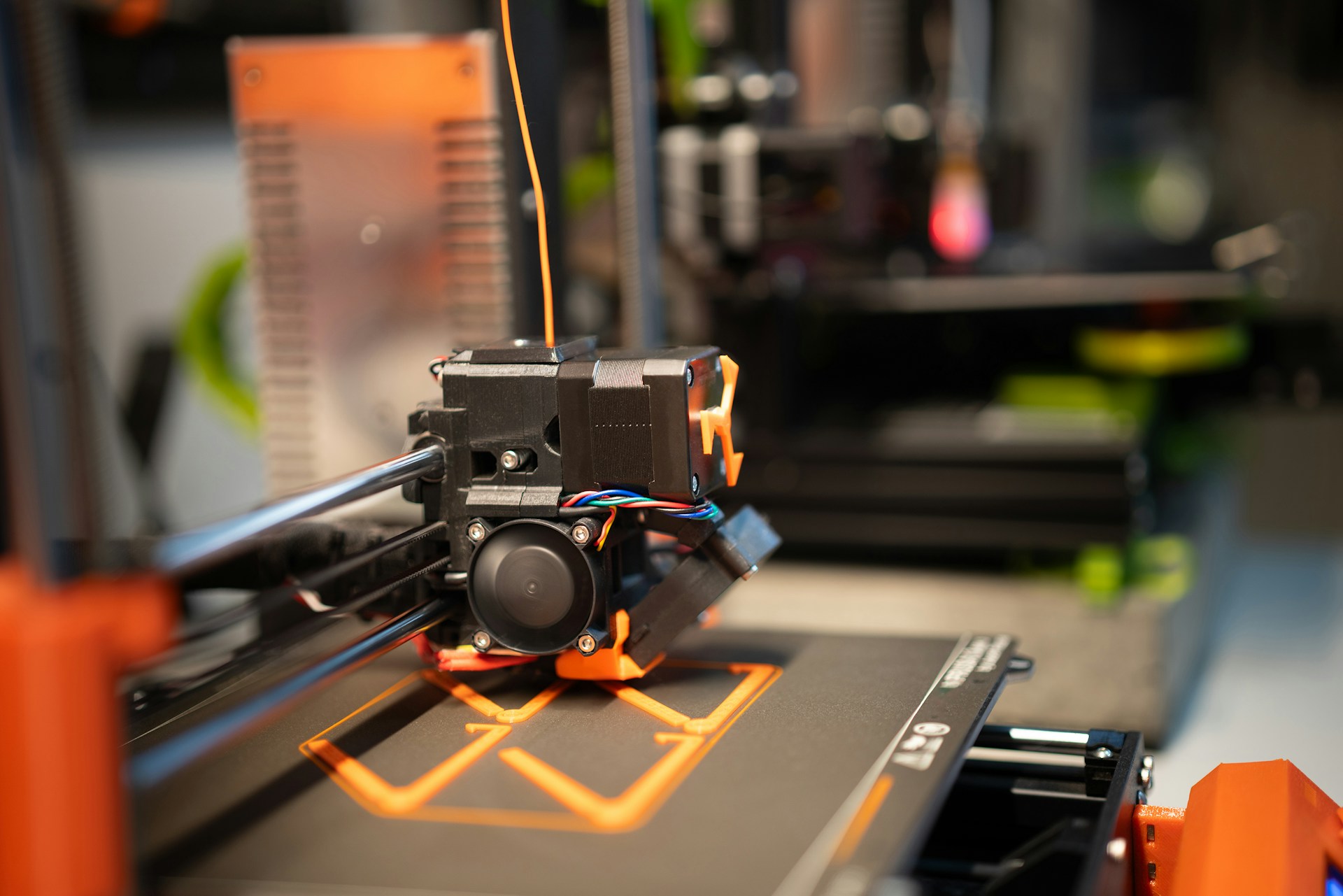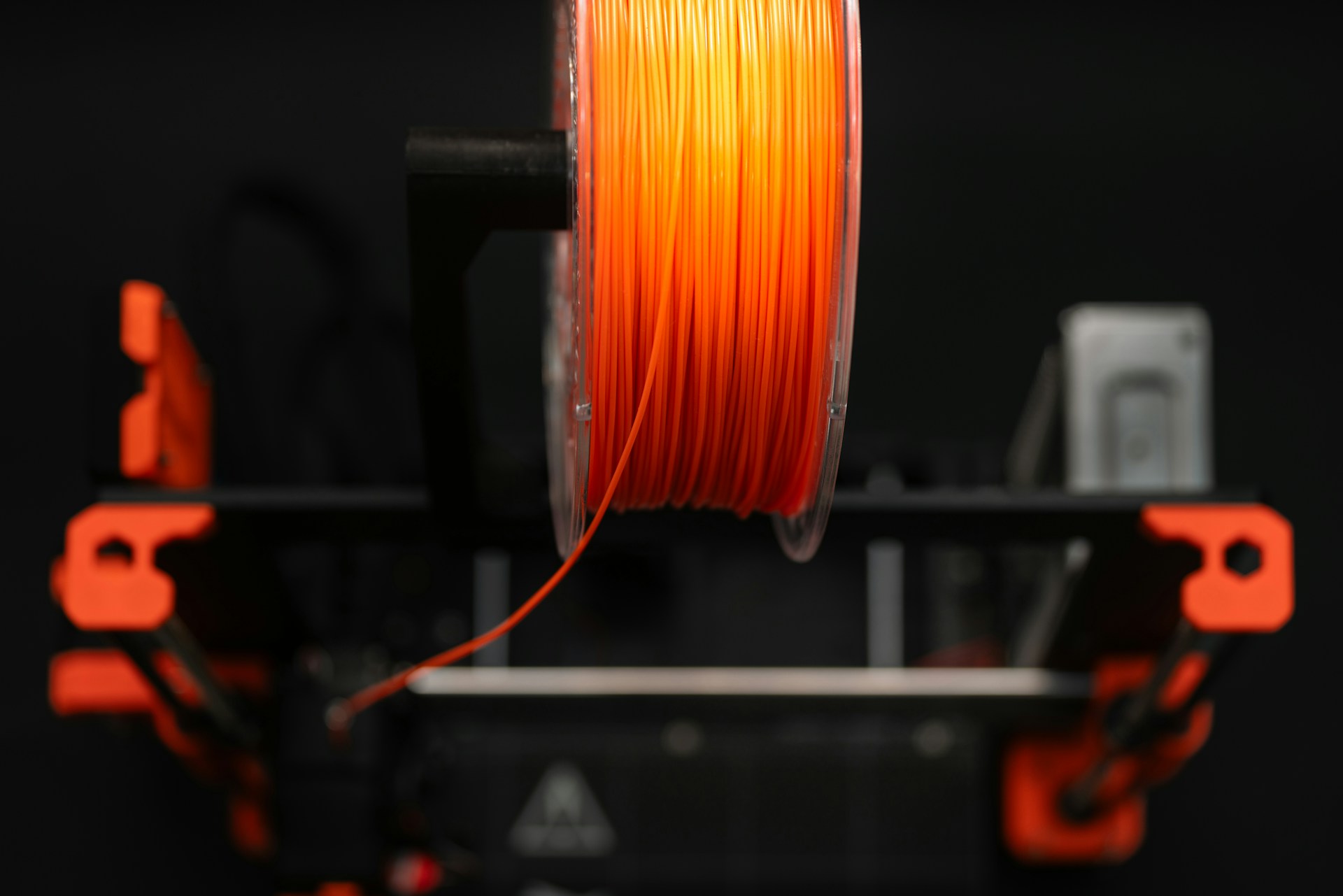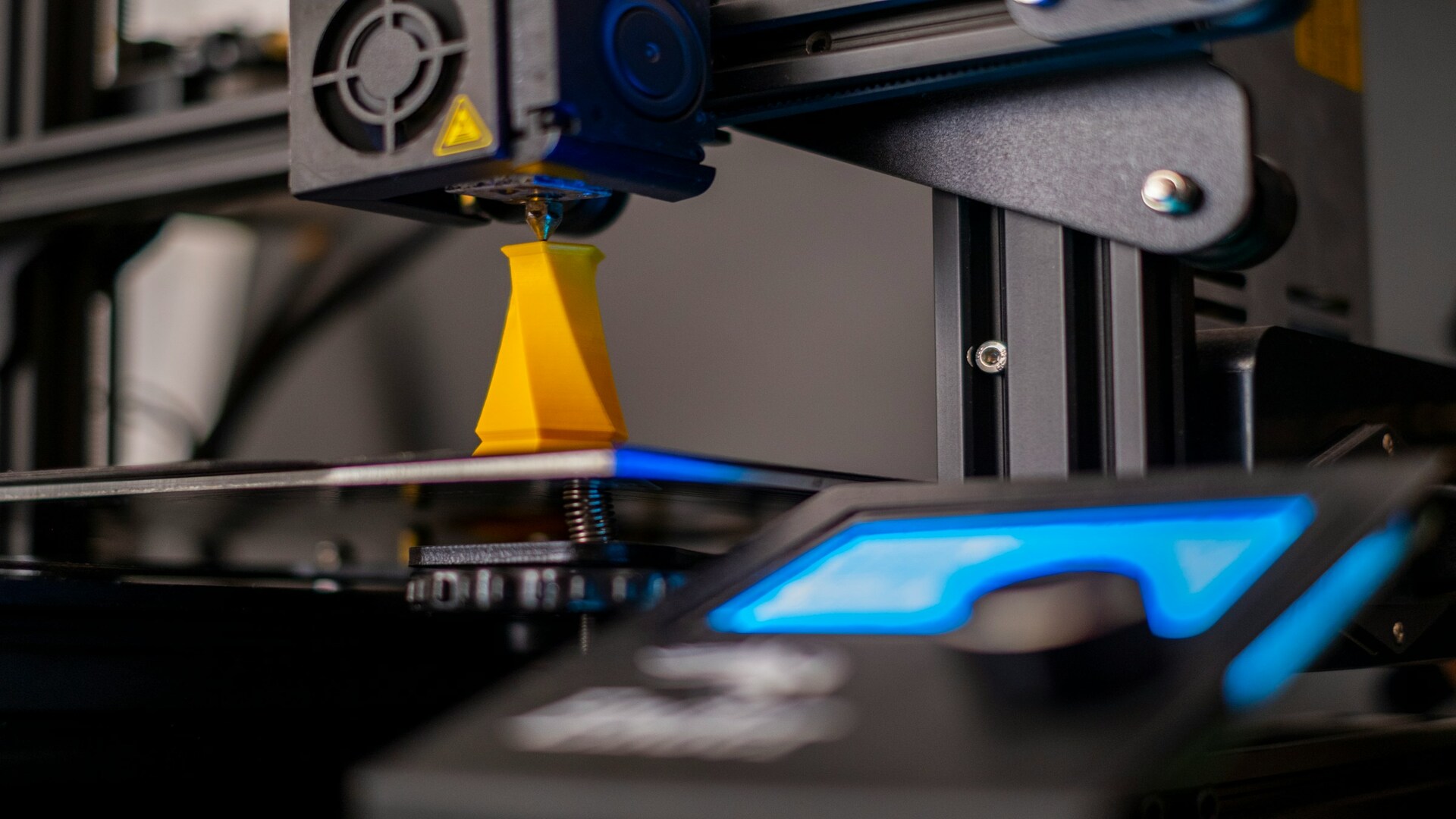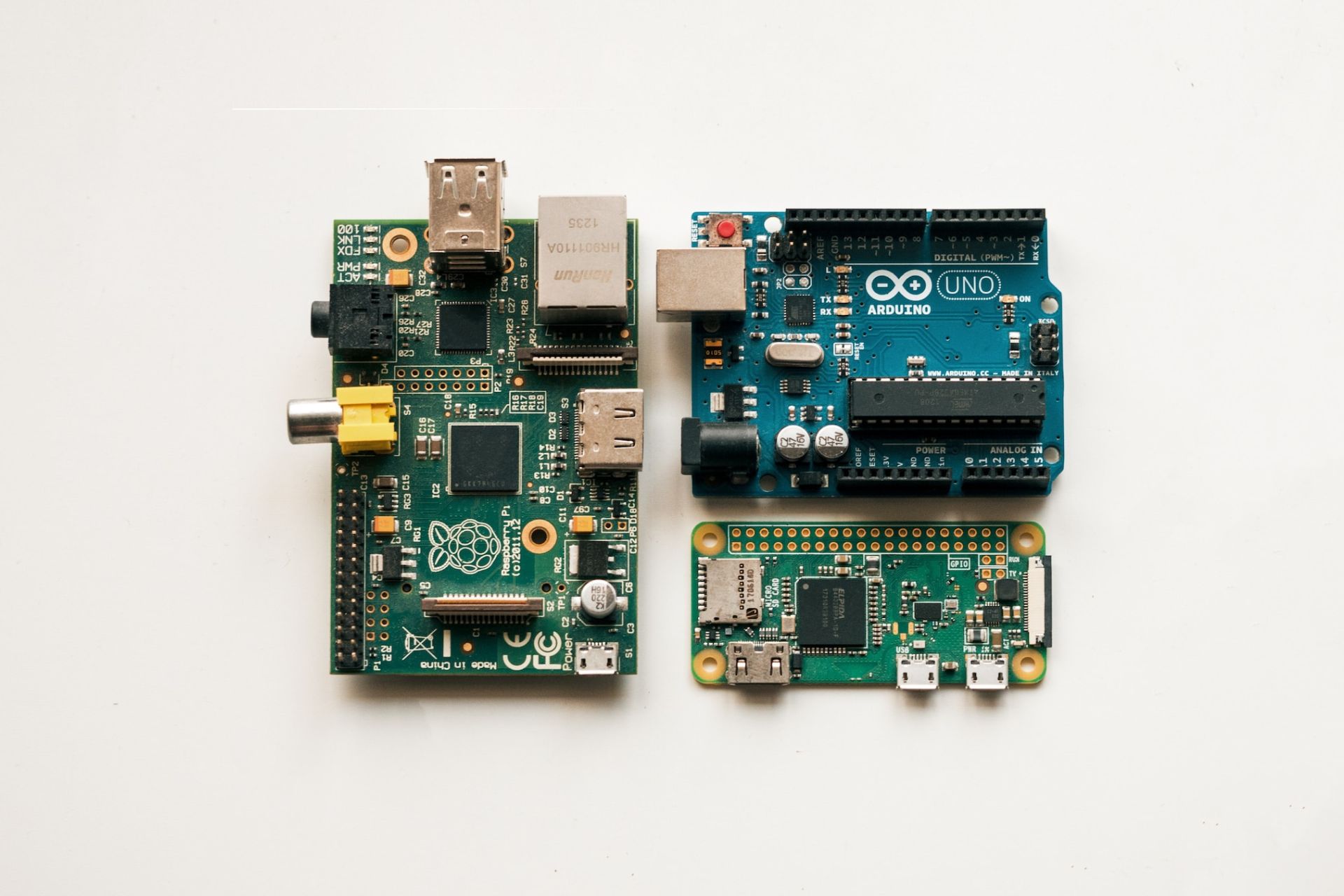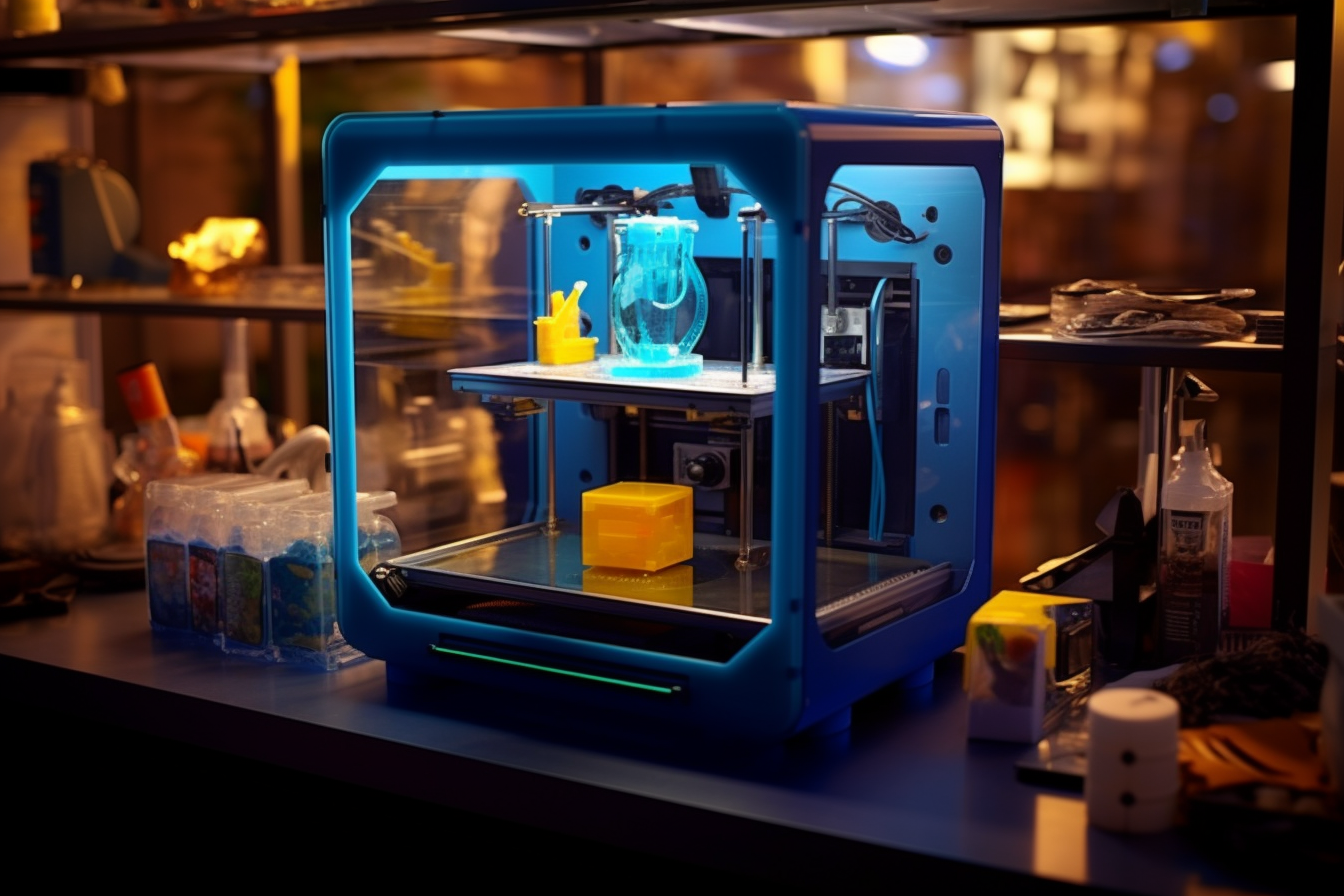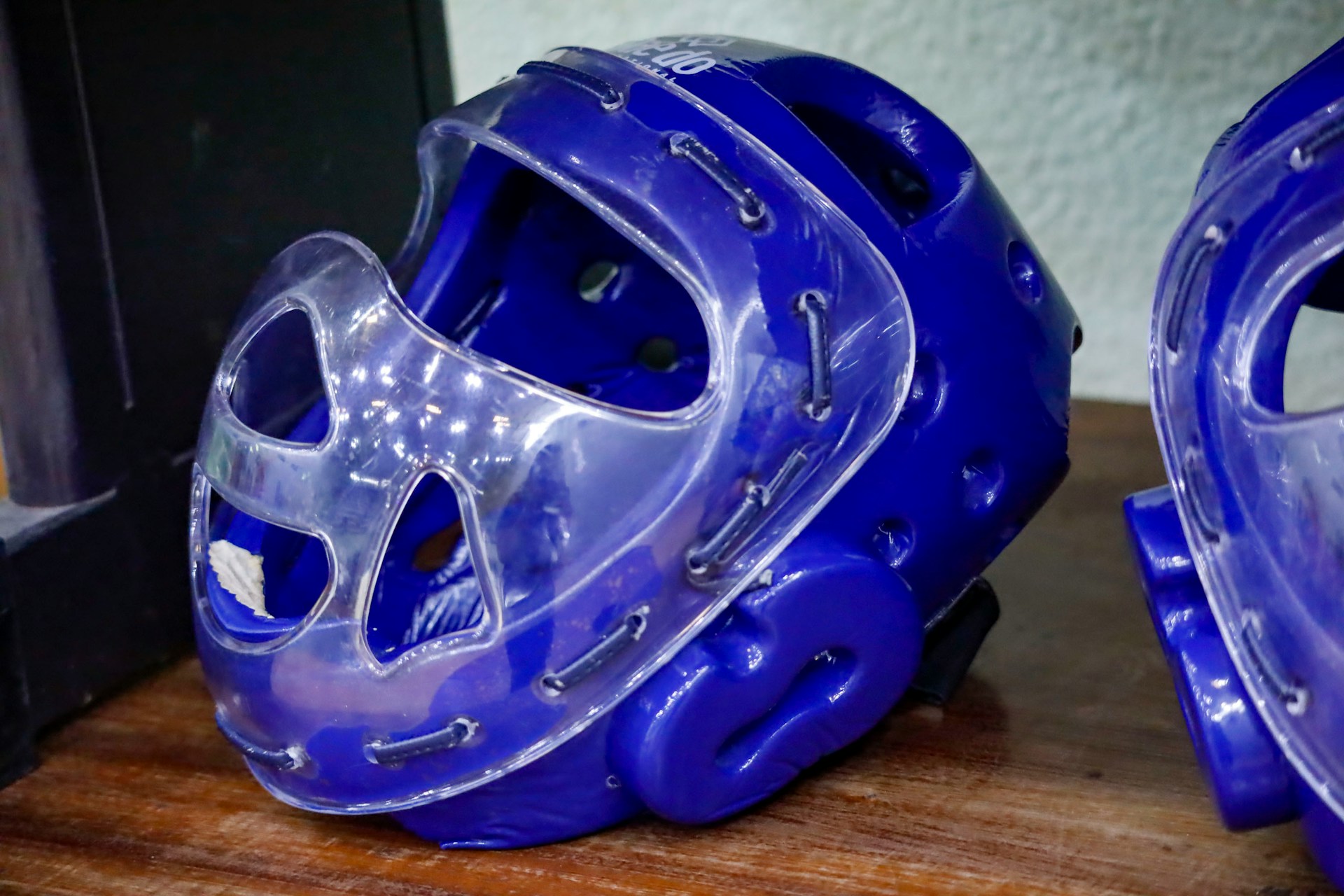
What Is Injection Molding and How Does It Work?
June 23, 2025 - Lou Farrell
Revolutionized is reader-supported. When you buy through links on our site, we may earn an affiliate commission. Learn more here.
Manufacturers use injection molding to make many of the world’s most widely used products. They choose it due to the method’s consistent results and the high output they can achieve after setting up the equipment. How does the process work, and which industries rely on it to meet their production goals?
What Is Injection Molding?
Injection molding is a production process that involves squirting molten material into metal molds. Although manufacturers commonly make plastic items this way, injection molding can also produce metal parts, and some forward-thinking parties get even more creative when creating things this way.
One of injection molding’s advantages is that it allows manufacturers to produce hundreds of thousands of identical products from a single mold. Additionally, the process is highly versatile, allowing companies to make everything from automotive body panels to remote-control casings.
Decision-makers may also select injection molding to reduce manufacturing excesses. Although it is not a waste-free method, leaders may find it preferable to options such as CNC machining, which requires cutting away extra raw material.
Which Industries Use Injection Molding and Why?
Injection molding is a versatile solution chosen by manufacturing leaders to meet specific needs. What are some of the most compelling examples?
Food and Beverage
Injection molding makes many disposable containers used in the food and beverage industry, such as yogurt cups and bottles for condiments or juices. Some people are also interested in applying the production method to consumables themselves.
One project associated with the Hebrew University of Jerusalem uses injection molding for mass production of plant-based steaks. The developers say it’s several orders of magnitude less expensive than 3D printing technology. Additionally, they appreciate that the process preserves the food’s color and prevents the flavoring agents from oxidizing.
Although this is a niche application of injection molding, it’s worth mentioning to highlight the method’s versatility for meeting emerging needs and encouraging manufacturers to innovate.
Medical Devices
Manufacturers use injection molding to make numerous health care products, ranging from syringes to implants. Some associated items — such as wearables — improve chronic illness management by allowing providers to monitor patients’ conditions beyond their brief face-to-face appointments.
Stringent monitoring may also shape production environments. Manufacturers using that approach can install sensors on molds’ interiors and exterior surfaces to monitor the temperatures of melted plastic, water and other characteristics.
Some producers add robots to this process, programming those machines to automatically remove injection-molded parts that do not meet specifications. That is an important quality control step in the tightly regulated medical device industry.
Sporting Goods and Leisure
The coolers brought to summer gatherings and the plastic tableware used for picnics are some of the many popular items made with injection molding. Although most people appreciate these items’ convenience, they probably don’t consider the associated production methods.
Elsewhere, some golf club manufacturers use metal injection molding to create thoughtfully designed products that improve players’ results. One brand chose that method to shape its clubs for better tactile feedback during play.
Injection molding is an especially good choice for coolers because they can be created as single solid pieces and made with thinner walls than other fabrication techniques, resulting in a higher strength-to-weight ratio.
How Does the Injection Molding Process Work?
Injection-molding providers fall into two main categories that affect their equipment choices and capacity. First, low-to-medium-volume molders fill clients’ orders of 10,000 parts or fewer and make prototypes to further product development and testing. Then, there are the high-volume service providers capable of handling bulk orders into the millions. Regardless of an injection molder’s capacity, the company will follow the same general process.
1. Material Selection
When customers need injection molding services but still need to iron out the details, providers may assist them with choosing the appropriate materials for their planned products. For example, polypropylene is a popular choice for food storage and packaging because the polymer’s chemicals will not leach into the contents. This material also has high impact strength and resists moisture.
Alternatively, polycarbonate is a good choice for clients who need a strong, durable material. It is resistant to ultraviolet light, so injection-molded products made with it will not fade quickly with frequent sun exposure. These are just a couple of the various characteristics that people must consider before finalizing material choices. Their injection molding service providers can also assist with suggestions.
2. Mold Design
Decisions made when designing the mold will impact the usability of the completed part. The first step in this stage is to lay out the piece and decide on its orientation when in the mold. That indicates the required size of the steel block. People overseeing this step will also decide on the particulars for the core and cavity molds and indicate these in an associated bill of raw materials.
The mold base is another essential component because it surrounds the core and cavity, functioning as an enclosure that absorbs some of the pressure exerted during later steps of the molding process. The base is often made of a softer steel than the core and cavity because that saves costs. Once those involved determine these specifics, they will create the mold with CNC machining.
3. Clamping
Finished injection molds typically have a clamshell-like design, with packing pressure applied to the pieces with a clamping unit. This component has its force capabilities expressed in tonnage, and it has numerous embedded sensors that indicate the pressure applied and other important characteristics.
The clamping step pushes the mold sections against each other. They will stay in this position during the later steps, ensuring that the molded part resists thermal expansion and contraction.
4. Injection
Injection is the step of pouring molten material into the mold. Although the contents begin as pellets, the heat turns them into a liquid state ideal for seeping into all the mold’s crevices. Operators pour the pellets into a hopper, pushing them into a heated cylinder. That part also contains a motorized reciprocating screw that mixes the hot pellets and moves them toward the end of the cylinder. Once enough material accumulates there, the molten material pushes out through a channel at a precise speed and pressure.
Manufacturers must monitor the temperature during this step to prevent flaws in the molded product. The injection unit of the molding machine is like the clamping component in that it has built-in sensors that assist with quality control by enabling consistency.
5. Dwelling
Dwelling pauses the manufacturing process, allowing enough time for the molten material to enter all parts of the mold. Applied pressure helps achieve that goal.
6. Cooling
Cooling comprises most of the cycle time during injection molding and allows the material to set. However, depending on the part’s size and thickness, it can occur in seconds.
7. Opening and Removal
The clamping unit releases packing pressure once the part has cooled, separating the mold’s parts. Next, an ejector bar pushes it out of the mold. Machine operators then use cutters to trim waste material, which they can recycle when creating future components.
8. Inspection
The final step is to check the molded part with a visual examination. Even after carefully following these steps, people may notice that things have gone wrong and caused flaws. Sometimes, they occur due to issues outside the fabrication process. For example, failing to follow the correct steps when starting up or shutting down an injection molding machine could cause defective parts.
If machine shop managers notice that quality control shortcomings have become common, they should analyze what’s happening and address it. Solutions depend on whether the issue is an operator error or a machine malfunction.
Injection Molding Is a Manufacturing Staple
Manufacturers produce many of the world’s most popular products through injection molding. Knowing how the process works and which items can be made helps people decide whether to pursue this fabrication method for their needs.
Revolutionized is reader-supported. When you buy through links on our site, we may earn an affiliate commission. Learn more here.
Author
Lou Farrell
Lou Farrell, Senior Editor, is a science and technology writer at Revolutionized, specializing in technological advancements and the impacts on the environment from new developments in the industry. He loves almost nothing more than writing, and enthusiastically tackles each new challenge in this ever-changing world. If not writing, he enjoys unwinding with some casual gaming, or a good sci-fi or fantasy novel.
